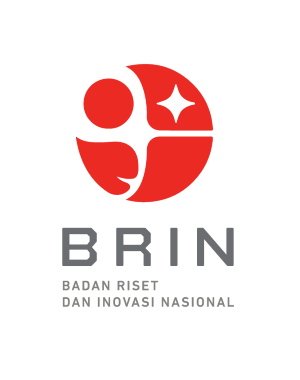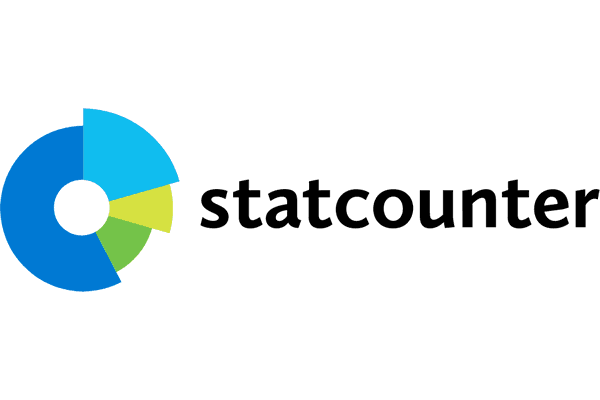PERBANDINGAN IMUNOSTIMULAN YANG BERBEDA TERHADAP GAMBARAN DARAH UDANG VANAME (Litopenaeus vannamei) DI TAMBAK PENDAMPINGAN PT SURI TANI PEMUKA
Keywords:
udang vaname, imunostimulan, THC, DHCAbstract
Vaname shrimp (Litopenaeus vannamei) is one of the main commodities in the field of Indonesian fisheries. Effort to overcome the disease, one of which is done by giving immunostimulants to the feed. Immunostimulants can be used include Lactobacillus and Saccharomyces (treatment A) and selenium and β-glucan (treatment B). The purpose of this study is to determine the effectiveness of immunostimulants based on non-specific immune systems and water quality parameters such as salinity. This research design uses experimental with a randomized group design on 2 plots of 3 replicates in PT Suri Tani Pemuka (STP) assistance pond. It uses 2 factors, namely salinity, maintenance, and different types of immunostimulants. The parameters measured are blood images of total hemocyte count (THC), differential hemocyte count (DHC), and maintenance water quality. The results of THC observations showed that the administration of Lactobacillus and Saccharomyces in the second week of observation gave real different results (P<0.05) with an average value of 8.65x106 cel / ml. DHC results with administration of Lactobacillus and Saccharomyces as well as selenium and β-glucan gave significantly different results (P<0.05), meaning that immunostimulant administration can affect the amount of granular and hyaline in vaname shrimp hemolymph. Administration of Lactobacillus and Saccharomyces as well as selenium and β-glucan can increase 2-8% and 3-4% respectively against granular amounts. The maintenance salinity factor gives no real difference (P>0.05) to THC and DHC values. Giving Lactobacillus and Saccharomyces can be an alternative in increasing immunity in vaname shrimp rearing with a salinity of 2-7 ppt.













